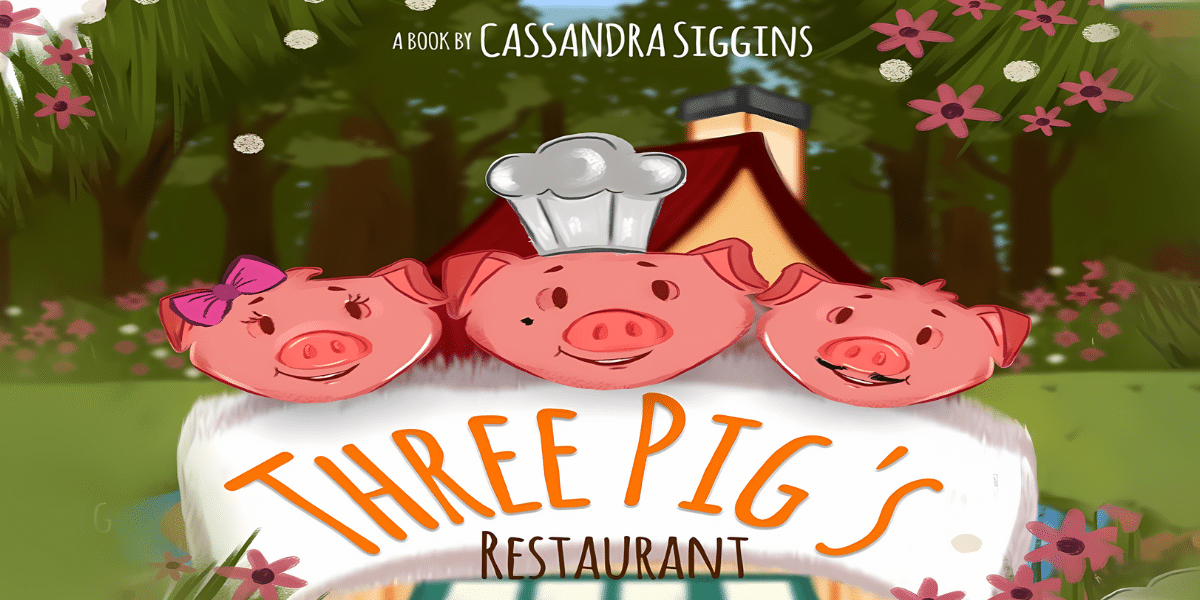In the magical world of early infancy, when learning never ends and curiosity is unbridled, interactive learning becomes a guiding principle that illuminates the landscape of education. Interactive learning is a compelling dance that immerses young brains in a symphony of discovery, wonder, and limitless joy. It is very different from the traditional ways of rote memorization.
The Dancing of Inquiry and Involvement
Imagine a classroom where students and the infinite store of knowledge engage in active discourse, learning becoming a two-way street instead of a one-way one. This is the wonder of interactive learning—a dance in which a child’s interest is aroused and their engagement becomes the beat echoing through their mental corridors.
Beyond Textbooks: The Multisensory Orchestra of Education
Beyond the pages of textbooks, interactive learning adopts a multimodal approach that meets the various ways in which developing minds process knowledge. Children paint their understanding of the world on a canvas in the classroom through engaging games, hands-on activities, and visual aids.
Imagine a science class where students construct their miniature water cycles to experience the wonders of evaporation and condensation firsthand, as opposed to only reading about the water cycle. Young minds are deeply impacted by this tactile, immersive experience that turns abstract ideas into concrete information.
Developing a Passion for Studying: The Vital Sign of Education
The fundamental tenet of interactive learning is that learning ought to be a lifetime process driven by curiosity and passion rather than a burden. Teachers foster a lifelong love of learning in their students by actively integrating them into the educational process.
Subjects that are merely academic disciplines become windows of opportunity through interactive learning, each providing a peek into the wide expanse of information that is just waiting to be explored.
Strengthening Analytical Thinking: Developing Thought Leaders
Critical thinking skills development is crucial in the field of interactive learning. While answers are frequently the main focus of traditional education, interactive learning encourages students to think critically, ask questions, and draw their conclusions. Imagine a math classroom where students solve real-world problems and apply mathematical concepts to situations they might meet in their daily lives, rather than memorizing formulas.
Teachers Should Be Guides, Not Gatekeepers
Teachers take on the role of guides rather than gatekeepers in interactive learning. In the process of self-discovery, teachers take on the roles of mentor, partner, and facilitator. By leading pupils through the sea of knowledge and fostering a sense of trust and camaraderie, the human touch in education becomes a beacon.
Teachers and students begin to work together as a team, engaging in joint inquiry where both teachers and students add to the learning process. Students feel more like they belong and are inspired to take chances, ask questions, and enjoy learning when they receive this human touch.
Shattering Boundaries: Including All in Interactive Education
The capacity of interactive learning to dismantle obstacles and provide universal access to education is one of its most amazing features. Interactive learning guarantees that no child is left behind by accommodating a variety of learning styles and skill levels.
Imagine a classroom where an auditory learner does best in discussions and debates, while a visual learner learns best using diagrams and charts. These variations are taken into account through interactive learning, which fosters an inclusive atmosphere where each kid can reach their full potential.
The Function of Technology
Technology is a strong friend in the field of interactive learning in the digital age. Additional options for instructors to produce dynamic, engaging classes include educational applications, virtual simulations, and online resources.
The secret is to use technology to enhance conventional procedures rather than to replace them. While technology continues to be an indispensable tool for enhancing interactive learning, it also opens up new possibilities for exploration and discovery.
Developing Upcoming Innovators
More than just an educational theory, interactive learning is a transforming force that plants the seeds of creativity and curiosity in young minds. Let’s imagine a time when every child is an active player in the vast symphony of discovery rather than merely a passive user of knowledge as we investigate the wonders of interactive learning in early childhood education.
Education becomes a lifelong adventure in this dynamic dance of engagement and inquiry, with each lesson serving as a stepping stone toward a future in which every child is inspired, empowered, and prepared to embrace the wonders that lie ahead of them. The joy of lifelong learning and the spark of knowledge that may light up the world are the true sources of interactive learning’s magic, not just the lessons that are learned.
Published by: Nelly Chavez



















